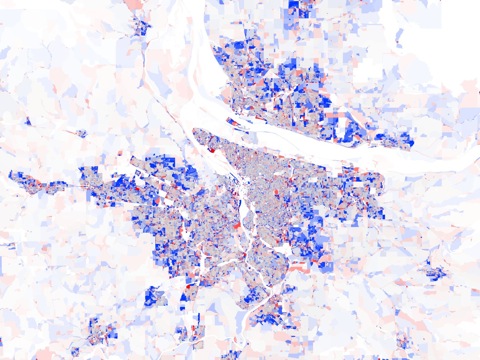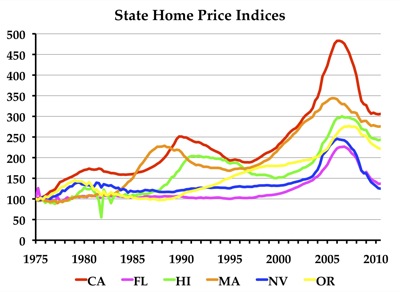Some people are chortling over a recent Pew survey that finds the share of Americans who think that cars are a “necessity” is the lowest since pollsters started asking the question in 1973. Perhaps, some are suggesting, that’s because young people aren’t driving as much as older Americans, so we shouldn’t invest much more in highways.
Another interpretation of the numbers is that more people think they should tell pollsters that they don’t need cars as much as they used to. The Antiplanner prefers to rely on revealed preferences rather than survey data. Here are a couple of revealed preferences.
Table B25044 of the 2009 American Community Survey indicates that 113 million out of 123 million American households–that’s 91.1 percent–have at least one vehicle available. Despite the recession, this is up from 105 out of 126 million households (89.7 percent) in the 2000 census (see table H44, summary file 3 or this brief).









